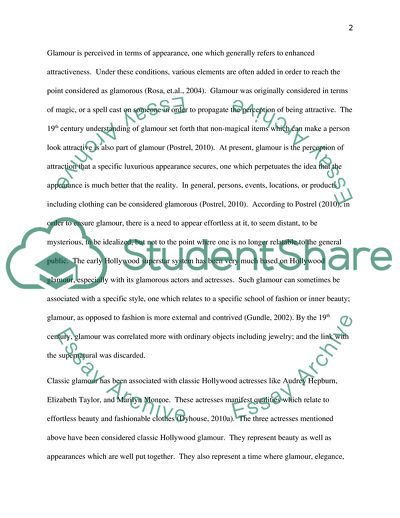Cite this document
(Glamour: Looking and Being Looked at. What makes you feel Glamorous Essay, n.d.)
Glamour: Looking and Being Looked at. What makes you feel Glamorous Essay. https://studentshare.org/visual-arts-film-studies/1792349-glamour-looking-and-being-looked-at-what-makes-you-feel-glamorous
Glamour: Looking and Being Looked at. What makes you feel Glamorous Essay. https://studentshare.org/visual-arts-film-studies/1792349-glamour-looking-and-being-looked-at-what-makes-you-feel-glamorous
(Glamour: Looking and Being Looked At. What Makes You Feel Glamorous Essay)
Glamour: Looking and Being Looked At. What Makes You Feel Glamorous Essay. https://studentshare.org/visual-arts-film-studies/1792349-glamour-looking-and-being-looked-at-what-makes-you-feel-glamorous.
Glamour: Looking and Being Looked At. What Makes You Feel Glamorous Essay. https://studentshare.org/visual-arts-film-studies/1792349-glamour-looking-and-being-looked-at-what-makes-you-feel-glamorous.
“Glamour: Looking and Being Looked At. What Makes You Feel Glamorous Essay”. https://studentshare.org/visual-arts-film-studies/1792349-glamour-looking-and-being-looked-at-what-makes-you-feel-glamorous.


